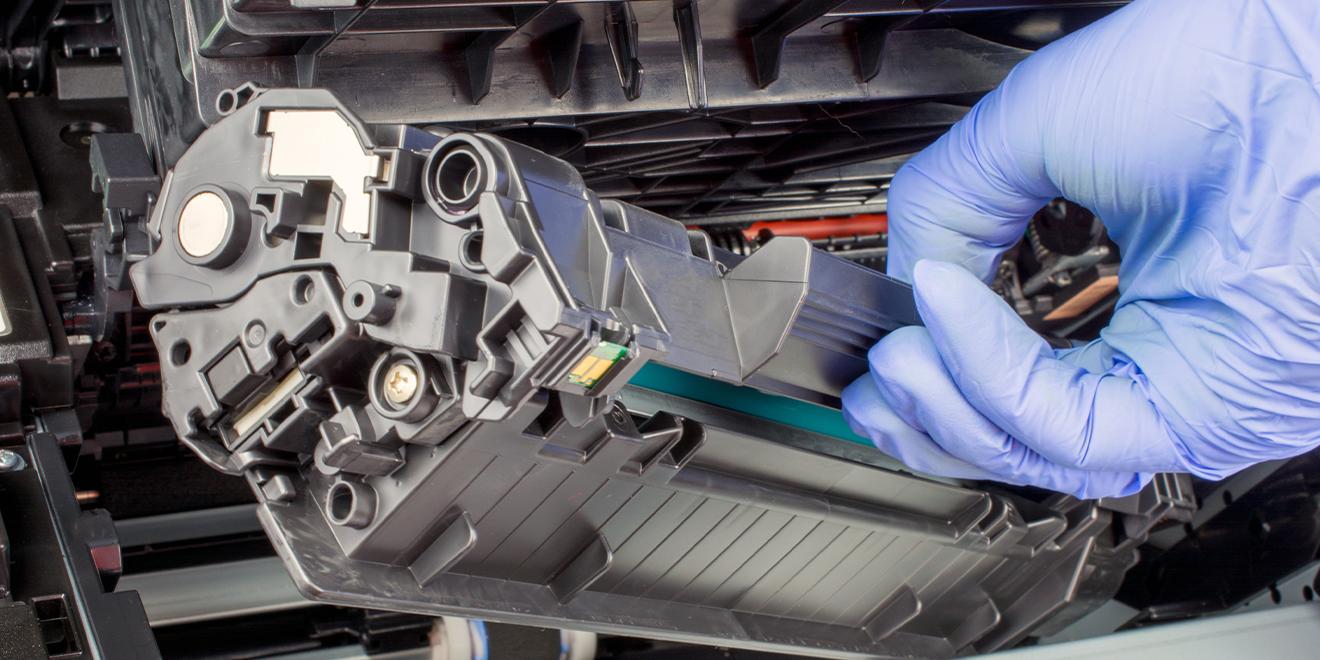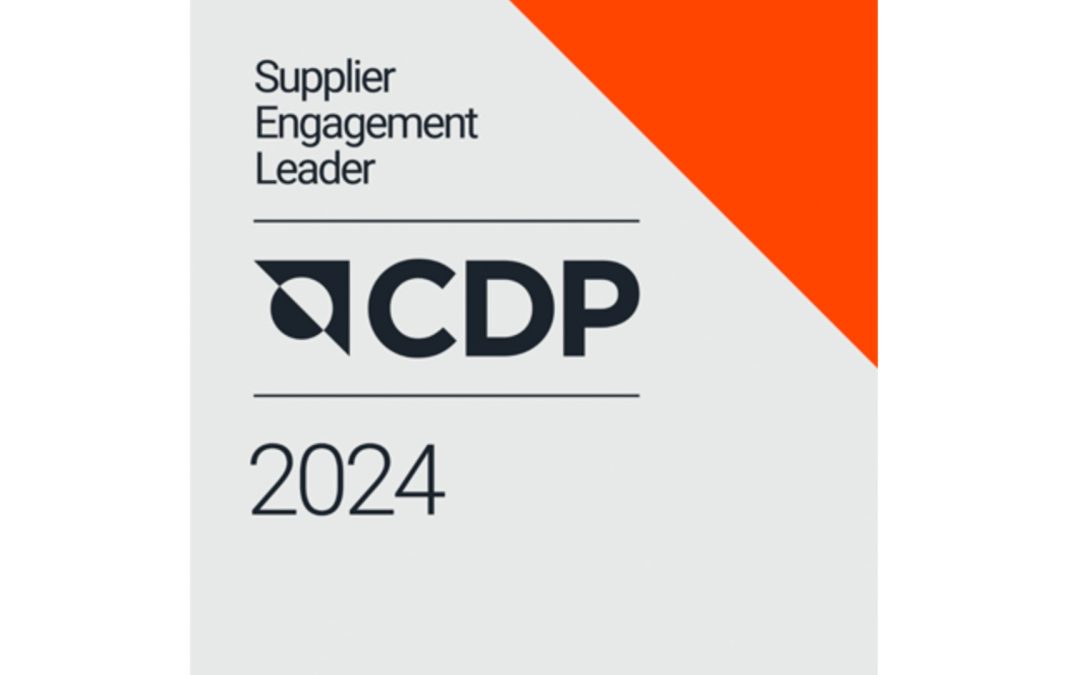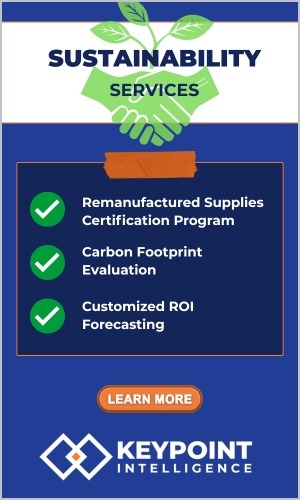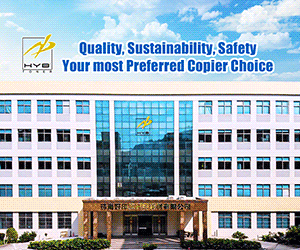A global study of senior executives shows cost control, supply chain resilience and footprint optimisation are now top priorities — trends that support local remanufacturing models in the imaging sector.
A new global survey of over 1,000 C-level executives shows a sharp return to core business priorities, with cost control, supply chain resilience and digitalisation now leading the boardroom agenda.
The 2025 CxO Priorities Study by management consultancy Horváth surveyed board members and managing directors in 33 countries. Cost and profitability optimisation ranked first, followed by digital transformation and AI. In the manufacturing sector, production footprint optimisation rose three places compared to last year.
“Balanced global value chains are key to resilience,” said Ralf Sauter, study lead and Partner at Horváth. “Trade conflicts have made this even more critical.”
Local remanufacturing gains ground
For the imaging sector, the findings support a shift that many reuse advocates have long promoted. A decentralised, local-first model not only reduces risk but also cuts emissions.
In a recent opinion article for The Recycler, Delacamp CEO Volker Kappius called the shipping of empty cartridges to and from China “an environmental dead-end”. A round-trip container between Europe and China emits between 20 and 40 tonnes of CO₂. Remanufacturing offshore can produce up to 17 times more emissions than local reuse.
Trade conflicts and tariffs were ranked as the biggest external risk in the Horváth study. Local remanufacturing reduces transport dependency and shortens supply chains. It also aligns with EU sustainability rules, including carbon reporting, Right to Repair, and circular economy targets.
Sustainability less strategic – but still active
Sustainability fell to twelfth place in this year’s ranking – its lowest yet. However, most companies remain committed to their net-zero goals. “Sustainability has become operational rather than strategic,” said Sauter. “Companies are fulfilling their obligations and investing where it makes business sense.”
This shift could benefit remanufacturers, who offer both cost savings and emissions reductions. Buyers are looking for value, and reuse delivers on both financial and environmental grounds.
Structural change opens doors
Reorganisation of structures and processes climbed to fifth place. This may support a broader shift in procurement behaviour, including greater acceptance of remanufactured consumables.
“Excellence in core business and structural transformation go hand-in-hand,” said Sauter. “Future-readiness depends on efficiency, a competitive product portfolio, and a resilient footprint.”




















